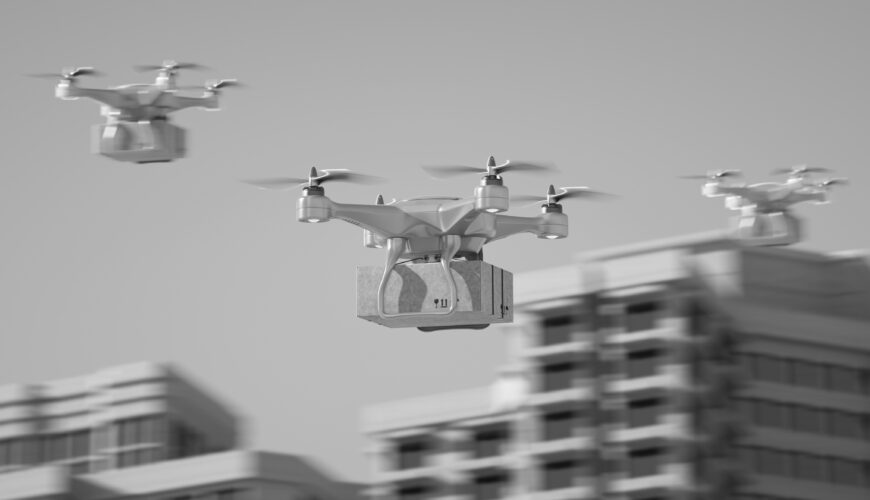Back in December, eCommerce giant Amazon made a big announcement about drone delivery—officially launching it in California and Texas, following years of development. However, when all was said and done, that delivery topped out at about a dozen houses by the middle of January. The Federal Aviation Administration (FAA) has blocked the behemoth from flying over roads or people without seeking a case-by-case approval to do so. Such a limiter has largely squashed the big hopes Amazon and other ecommerce companies had for easy, efficient delivery. That’s not stopping drone delivery companies from pushing forward, however, with plans to revolutionize the market in the next couple of years.
Two of the largest drone delivery services just announced big upgrades aimed at scaling up and helping customers with last-mile delivery. To achieve their lofty goals—one is aiming for deliveries into the millions by 2024—there are several challenges that need to be tackled, federal regulations being one. They also need to achieve delivery density, which means always having thousands of drones in the air. This helps lower operating costs, making drones a more attractive solution. Drones also need improved delivery range so that delivery services can reach a wider range of customers and partners, not just last-mile delivery. This might even look like partnering with maritime logistics providers to bring packages on shore. Another place drones need to improve is speed of delivery. Put all this together, and drones for parcel delivery may eventually live up to their promised hype, but for now, the hurdles remain.


